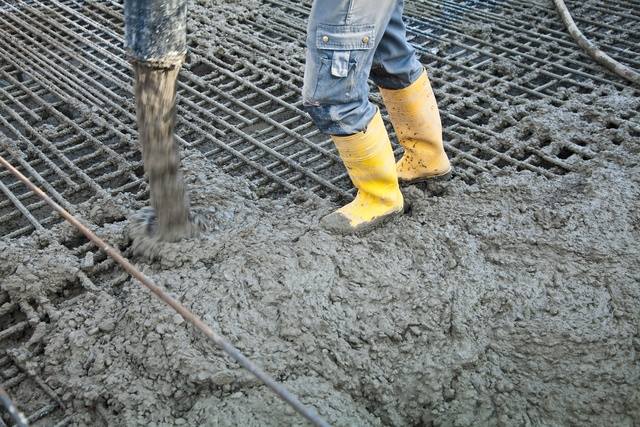
Concrete is everywhere—roads, bridges, buildings, and even our homes rely on its strength. But even the toughest materials need care, and concrete is no exception. Concrete repair involves restoring damaged or deteriorated structures to their original strength and functionality.
Ignoring concrete damage can lead to costly repairs or even structural failure. Whether it’s due to weathering, wear and tear, or chemical exposure, repairing concrete promptly ensures safety and longevity.
Types of Concrete Damage
Structural Cracks
Cracks can compromise the structural integrity of concrete, often caused by excessive loads, shrinkage, or poor design.
Surface Spalling
When the surface layer of concrete flakes off, it’s called spalling. This often results from freeze-thaw cycles or moisture infiltration.
Corrosion of Reinforcement
Concrete reinforced with steel can suffer when the steel corrodes, causing expansion and cracks in the structure.
Chemical Damage
Exposure to chemicals, such as sulfates, can weaken concrete over time, leading to erosion.
Freeze-Thaw Damage
Repeated freezing and thawing can create internal stresses in the concrete, leading to cracks and spalling.
Signs Your Concrete Needs Repair
Visible Cracks and Fractures
These are the most obvious indicators of damage, ranging from hairline cracks to larger fractures.
Uneven Surfaces
A bumpy or warped appearance signals potential subsurface issues.
Water Pooling and Drainage Issues
Standing water can lead to further deterioration and is often a sign of improper slope or cracks.
Rust Stains on Surfaces
Rust marks might indicate corrosion of steel reinforcement, which requires urgent attention.
Benefits of Timely Concrete Repair
- Enhanced Durability: Repairing damaged areas ensures the structure lasts longer.
- Cost Savings: Fixing issues early prevents them from escalating into major problems.
- Improved Safety: Keeps structures secure for use.
- Aesthetic Appeal: Restores the visual appeal of surfaces.
Methods of Concrete Repair
Patching
Ideal for small surface defects like cracks and holes.
Crack Injection
Uses epoxy or polyurethane to fill cracks, restoring strength.
Surface Coatings
Protective layers are applied to prevent further damage from environmental factors.
Full-Depth Repair
Involves removing and replacing damaged sections entirely.
Carbon Fiber Reinforcement
Strengthens weakened structures using lightweight, durable materials.
Step-by-Step Guide to Concrete Repair
- Assessment of Damage: Evaluate the extent and type of damage.
- Cleaning and Preparation: Remove dirt, debris, and loose materials.
- Choosing the Right Method: Select the most suitable repair technique.
- Application: Use the chosen method to repair the damage.
- Finishing and Curing: Ensure the repair is smooth and allow proper curing time.
Tools and Materials Needed
- Tools: Trowels, drills, hammers, brushes, and safety gear.
- Materials: Epoxy, cement, aggregates, waterproof coatings, and steel reinforcements.
DIY Concrete Repair vs. Hiring Professionals
DIY repairs can save money for minor fixes but might not address underlying issues. For significant damage or structural concerns, hiring a professional ensures quality and safety.
Preventive Maintenance for Concrete
Sealing, regular inspections, and promptly addressing minor cracks go a long way in extending the life of concrete structures.
Costs of Concrete Repair
Repair costs vary depending on the type and extent of damage, ranging from a few hundred dollars for minor fixes to several thousand for major repairs.
Common Mistakes to Avoid in Concrete Repair
- Failing to identify the root cause of damage
- Using incompatible materials
- Skipping proper curing time
Environmental Considerations in Concrete Repair
Opt for sustainable methods and materials to reduce waste and environmental impact.
Conclusion
Concrete repair is an essential aspect of maintaining the durability and safety of structures. Regular inspections, timely repairs, and preventive maintenance save time, money, and potential headaches in the long run.






Leave a Reply